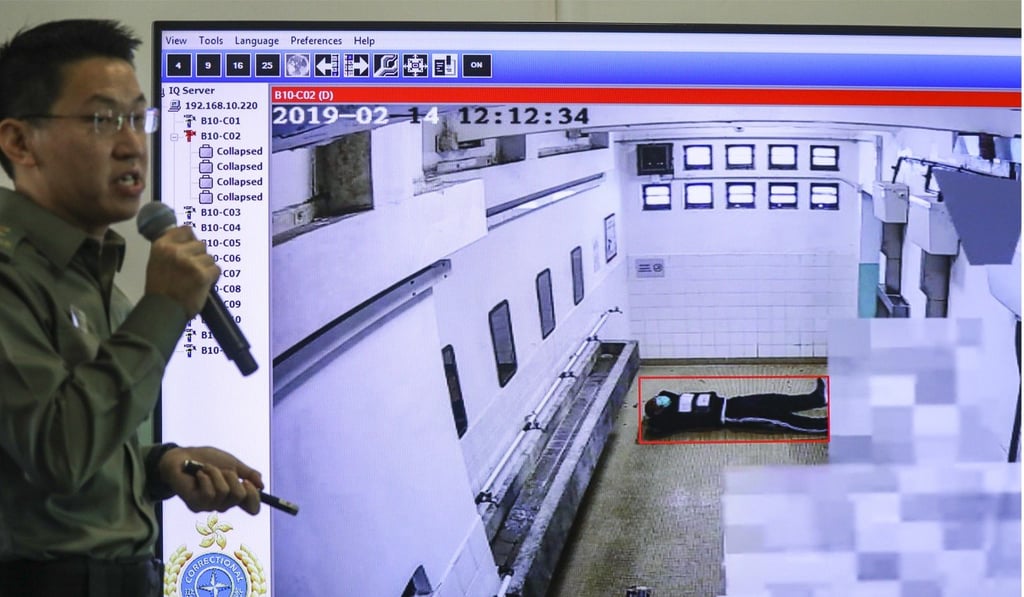Tracking wristbands, video monitoring systems and drug-detecting robots – Hong Kong tests how to make its prisons ‘smart’
- Correctional Services chief Danny Woo says new technologies can help ensure safety by detecting prisoners’ abnormal behaviour more efficiently
- Wristband will allow officers to monitor inmates’ heart rates and whereabouts in real time

Wristbands that can keep track of inmates and robotic arms that check for drugs in poo are among new technologies to be tested at three correctional institutions under a plan to make all facilities “smart prisons”, it was revealed on Thursday.
Commissioner of Correctional Services Danny Woo Ying-ming said the new technologies could help ensure safety by detecting inmates’ abnormal behaviour, including self-harm, more efficiently.
“The Correctional Services Department strives to enhance efficiency of custodial operations and security of correctional institutions through the application of innovation and technology, while protecting the safety of officers and persons in custody,” Woo said.

The robotic arm, developed by a local technology firm at a cost of HK$1 million, is likely to be tested at Lai Chi Kok Reception Centre in the second quarter of this year.
Officers generally have to check inmates’ faeces manually with wooden sticks, for drugs they might have swallowed before entering prison.